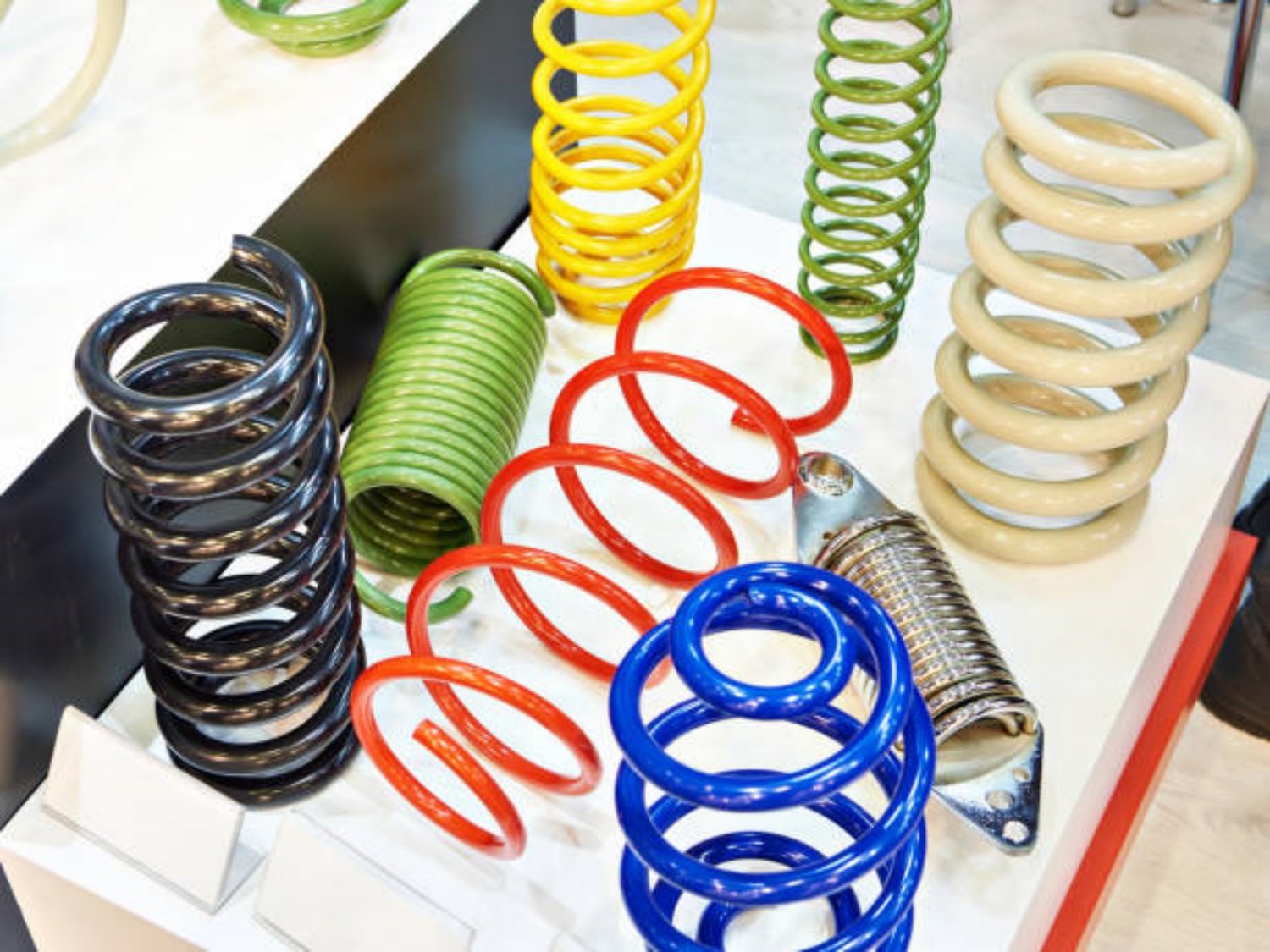1. Understanding the Importance of Locomotive Springs
Locomotive springs play a vital role in the smooth functioning and performance of a locomotive. These springs are responsible for absorbing shocks, maintaining balance, and providing stability to the locomotive's chassis. Without properly functioning springs, the locomotive's ability to navigate uneven tracks and maintain a comfortable ride would be severely compromised.
2. Types of Locomotive Springs Available
When it comes to locomotive springs for sale, there are several types to choose from. The most common types include coil springs, leaf springs, and air springs. Coil springs are typically used in locomotives with lighter loads, while leaf springs are more commonly found in heavy-duty locomotives. Air springs, on the other hand, offer a unique advantage by providing adjustable suspension and improved ride quality.
3. Factors to Consider When Buying Locomotive Springs
Before purchasing locomotive springs, there are a few important factors to keep in mind. First and foremost, it's crucial to consider the specific requirements of your locomotive. Factors such as weight, load capacity, and intended usage should all be taken into account. Additionally, it's essential to choose a reputable supplier that offers high-quality springs and has a track record of providing reliable products.
4. The Importance of Regular Maintenance
Maintaining locomotive springs is essential for ensuring their longevity and optimal performance. Regular inspections, lubrication, and cleaning can help prevent corrosion, reduce wear and tear, and identify any potential issues before they escalate. It's also crucial to follow the manufacturer's recommended maintenance schedule and guidelines to keep the springs in excellent condition.
5. Common Signs of Worn-Out Locomotive Springs
Over time, locomotive springs may start showing signs of wear and tear. Some common indicators of worn-out springs include excessive bouncing, uneven ride height, and increased noise during operation. If you notice any of these signs, it's crucial to address the issue promptly to avoid further damage to the locomotive's suspension system.
6. Steps to Replace Locomotive Springs
When it becomes necessary to replace locomotive springs, it's important to follow a systematic approach. First, the locomotive must be properly secured to prevent any movement during the replacement process. Next, the old springs should be carefully removed, ensuring that all safety precautions are followed. Finally, the new springs can be installed, making sure they are correctly aligned and securely attached.
7. Ensuring Safety during Locomotive Spring Replacement
Replacing locomotive springs can be a complex and potentially hazardous task. It's crucial to prioritize safety and follow all necessary precautions. This includes wearing appropriate protective gear, using the right tools and equipment, and seeking professional assistance if needed. By taking these measures, the risk of accidents or injuries can be significantly reduced.
8. Benefits of Upgrading to High-Quality Springs
Upgrading to high-quality locomotive springs can offer numerous benefits. These include improved ride comfort, enhanced stability, reduced maintenance requirements, and increased overall performance. Investing in top-notch springs may result in long-term cost savings and a smoother, more efficient locomotive operation.
9. Where to Find Locomotive Springs for Sale
Locomotive springs can be obtained from various sources, including specialized locomotive parts suppliers, online marketplaces, and even salvage yards. It's essential to research and choose a reputable supplier that offers genuine, high-quality springs. Reading customer reviews, seeking recommendations, and comparing prices can help ensure a reliable purchase.
10. Conclusion
Locomotive springs are crucial components that significantly impact the performance and safety of locomotives. Understanding the different types of springs available, the importance of regular maintenance, and the process of spring replacement is essential for locomotive owners and operators. By investing in high-quality springs and following proper maintenance practices, locomotives can operate at their best, ensuring a smooth and comfortable ride.

